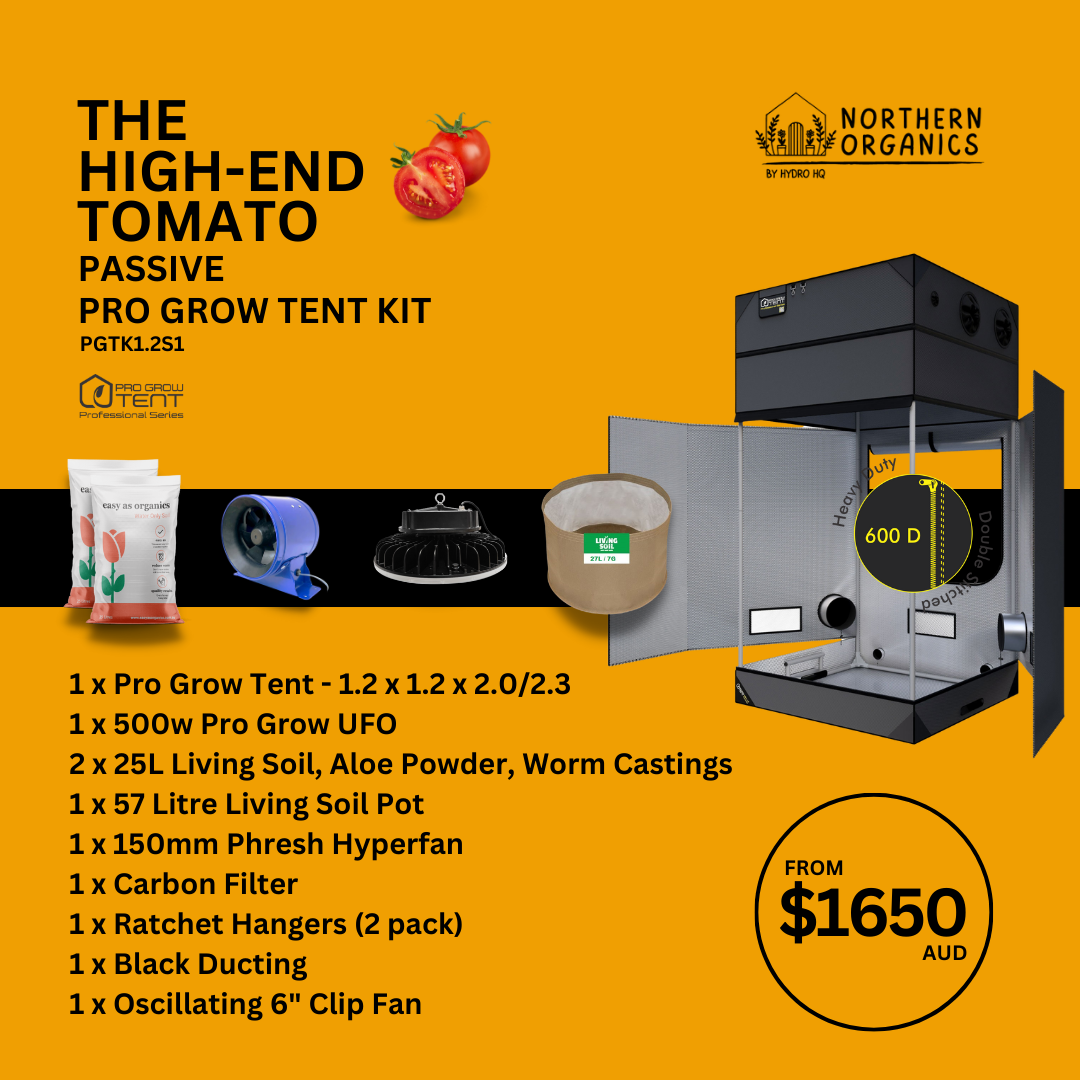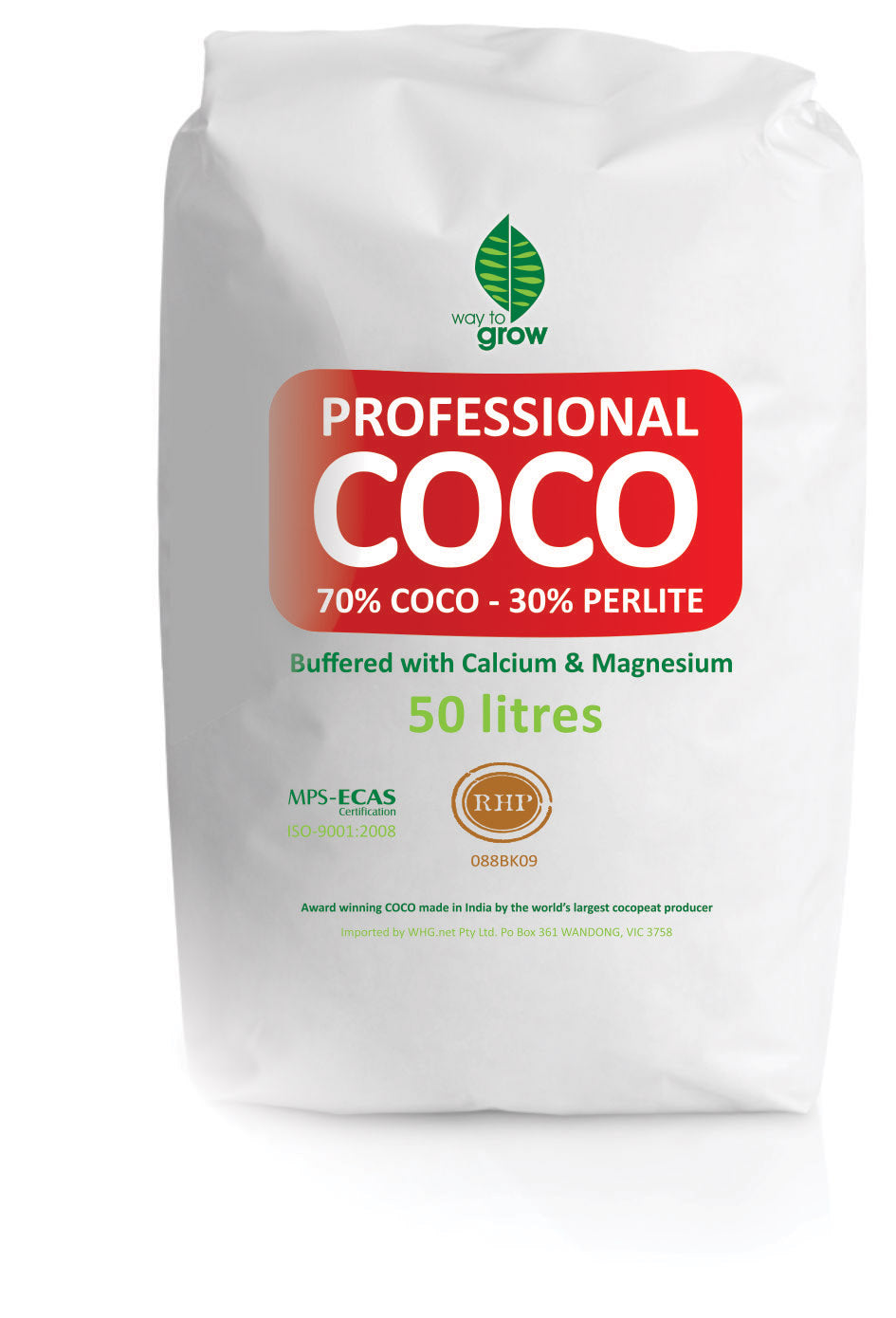Daily Lighting Integral
The Daily Lighting Integral (DLI) is a metric used in horticulture and agriculture to measure the cumulative amount of photosynthetically active radiation (PAR) received by plants over the course of an entire day. PAR is the range of light wavelengths that plants use for photosynthesis, typically between 400 and 700 nanometres.
DLI is measured in units of moles per square meter per day (mol/m²/day) and represents the total amount of photosynthetically active light energy that plants receive in a given day. It provides a more comprehensive understanding of light exposure than simply measuring light intensity at a single point in time.
Daily Lighting Integral has a significant impact on crop growth as it directly influences the amount of energy available to plants for photosynthesis. Here's how DLI affects crop growth:
Photosynthesis: DLI represents the total amount of photosynthetically active radiation (PAR) that plants receive over the course of a day. PAR is essential for photosynthesis, the process by which plants convert light energy into chemical energy, which fuels their growth and development. A higher DLI means that plants receive more light energy, leading to increased photosynthetic activity and ultimately higher yields, provided the crop can handle the increased light intensity. Increasing the light intensity past the point a crop is best adapted to can actually result in lower yields due to stress.
Biomass accumulation: Light energy captured through photosynthesis is used by plants to produce sugars and other organic compounds, which are then used to build plant tissues and structures. A higher DLI results in greater biomass accumulation, leading to larger plants with more leaves, stems, and roots. This can contribute to higher yields and improved crop quality.
Flowering and fruiting: Light intensity and duration, as represented by DLI, play a crucial role in regulating flowering and fruiting in many crop species. Adequate DLI levels are necessary to trigger flowering and promote fruit development. Insufficient light exposure, resulting in a low DLI, can induce undesirable morphological changes like internodal stretching, delay flowering, reduce fruit set, and adversely affect crop yield and quality.
Crop quality: DLI not only influences crop yield but also affects crop quality attributes such as flavour, colour, nutrient content, and shelf life. Optimal DLI levels help ensure that plants produce high-quality fruits, vegetables, or flowers that meet market standards and consumer preferences.
Environmental factors: DLI is influenced by various environmental factors such as sunlight intensity, duration of daylight, cloud cover, and shading. Growers can manipulate DLI by adjusting lighting systems (e.g., artificial lighting in greenhouses), optimizing plant spacing and orientation, and managing light interception by structures or shading devices. By carefully managing DLI, growers can create optimal growing conditions for their crops, regardless of the natural light availability in their location.
To calculate the Daily Lighting Integral (DLI), you'll need to measure or know the following parameters:
-
Light intensity: Measure the photosynthetic photon flux density (PPFD) using a quantum sensor or light meter. PPFD is typically expressed in micromoles per square meter per second (µmol/m²/s) and represents the instantaneous light intensity at a specific point.
-
Duration of light exposure: Determine the duration of light exposure over a 24-hour period. This can be calculated based on the length of the photoperiod (the period of time during which plants receive light) and any supplemental lighting provided.
Once you have these parameters, you can calculate the DLI using the following formula:
DLI = PPFD x light hours per day x (3600/1000,000)
Here's a breakdown of the formula:
- Convert PPFD from micromoles per square meter per second (µmol/m²/s) to micromoles per square meter per hour (µmol/m²/h) by multiplying by 3600 (the number of seconds in an hour).
- Multiply the PPFD (in µmol/m²/h) by the duration of light exposure in hours to get the total light received over the photoperiod in micromoles per square meter (µmol/m²).
- Convert micromoles per square meter to moles per square meter by dividing by 1,000,000.
- Finally, multiply by 3600 to convert from moles per square meter per second to moles per square meter per day.
Once you've calculated the DLI, you'll have a measure of the total amount of photosynthetically active radiation (PAR) received by plants over the course of a day.
For example:
800 PPFD x 12 hours photoperiod x 3600/1,000,000 = 34.56 DLI
800 x 12 = 9,600
9,600 x 3600 = 34,560,000
34,560,000 / 1,000,000 = 34.56
In addition to PPFD and photoperiod duration, other parameters you may want to measure or consider include:
- Temperature: Optimal temperature ranges vary depending on the crop species and growth stage. Maintaining appropriate temperature levels is important for plant growth, metabolism, and overall health.
- Relative humidity: Relative humidity affects transpiration rates, water uptake, and plant stress levels. Balancing humidity levels is crucial for preventing issues such as wilting, fungal diseases, and excessive moisture stress.
- CO2 concentration: Carbon dioxide (CO2) enrichment can enhance photosynthesis and plant growth, particularly in enclosed growing environments such as greenhouses or indoor farms. Monitoring and controlling CO2 levels can help optimize plant productivity and resource use efficiency.
- Nutrient solution parameters (for hydroponic or soilless cultivation): If you're growing plants hydroponically, you'll need to monitor parameters such as pH, electrical conductivity (EC), and nutrient concentrations to ensure proper nutrient uptake and avoid nutrient imbalances or deficiencies.
By monitoring and managing these parameters alongside DLI, you can create optimal growing conditions for your crops and maximize their growth, yield, and quality.
In summary, DLI directly impacts crop growth by influencing photosynthesis, biomass accumulation, flowering and fruiting, crop quality, and overall productivity. Understanding and managing DLI are essential aspects of crop production, particularly in controlled environments such as greenhouses, where growers have greater control over light conditions.





